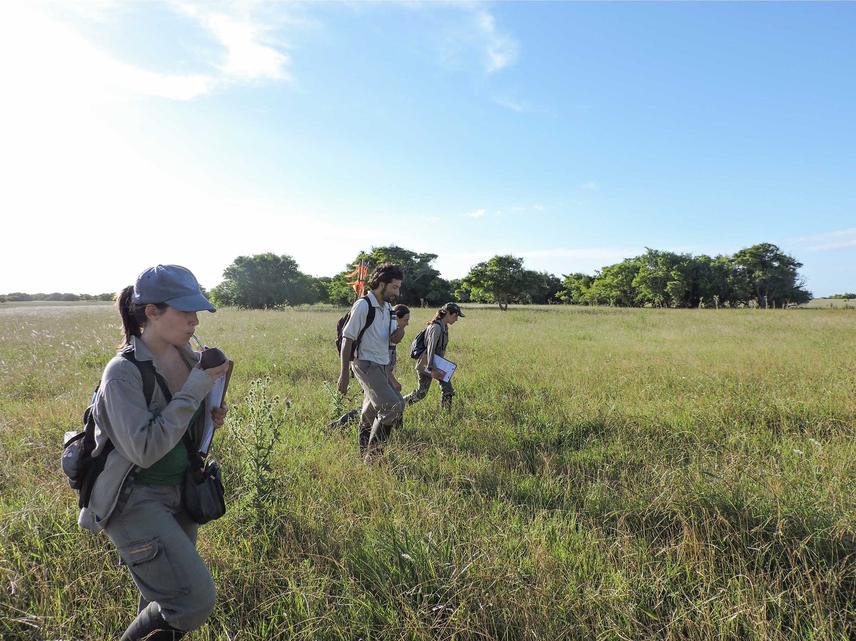Mariela Verónica Lacoretz
Aims of this project: -To determine biodiversity in forest patches and influences of deforestation- To make talares known to the general public so they will better understand what a forest is and why they should protect them.

Argentina has become one of the countries with the highest deforestation rate in recent years. In the last century the country lost 70 percent of its native forests, leading to large losses of biodiversity. The talares (Celtis ehrenbergiana woodlands) of the east of the province of Buenos Aires have been logged continuously since the late nineteenth century. These small forest patches with different sizes and degrees of isolation, are the main arboreal component in a province in which grasslands predominate. Even though the talares face continuous deforestation little is known about the consequences of the reduction in forest area and its replacement by exotic forest on the biodiversity of birds and plants. Besides, these forests are located at a strategic point where environmental education activities can be developed. They are within a few miles of major tourist centers, which each year attract thousands of people from around the country who ignore the existence of native forests in the region. To prevent further indiscriminate logging, education of the population is critical in our country.
To achieve the objectives of the present project we are going to study the biodiversity of birds and plants found in different patches of woodland in the area. Also, we will make these woodlands known to the general public so they will better understand what a forest is and why they should protect them, showing their high diversity of plants and animals. We will explain the critical situation of forests in Argentina to make society aware of the seriousness of the problem.